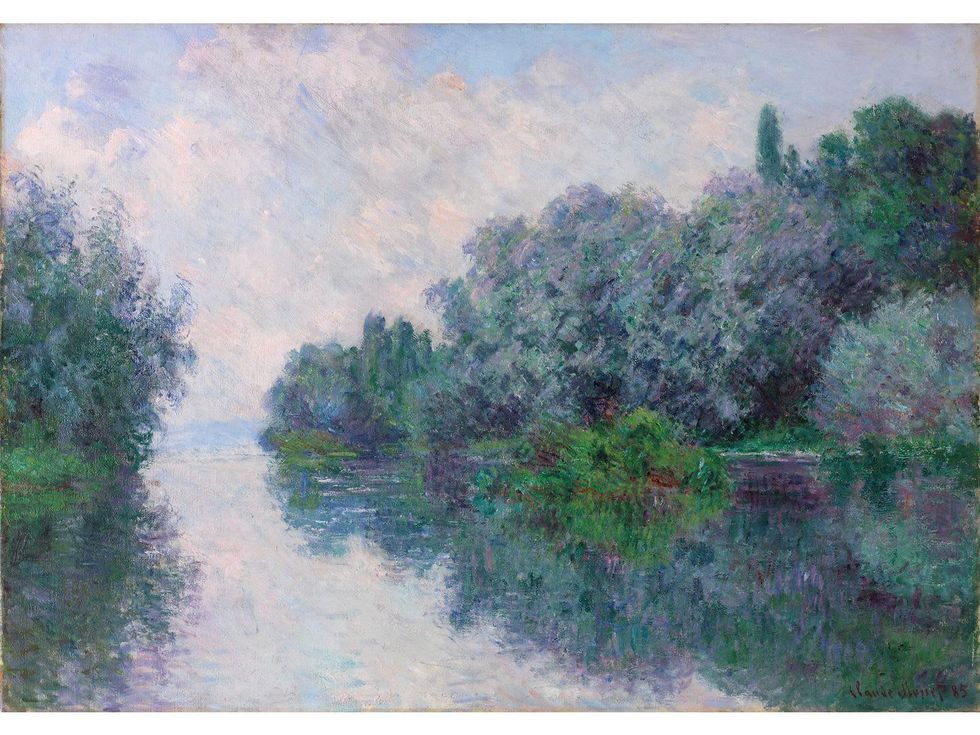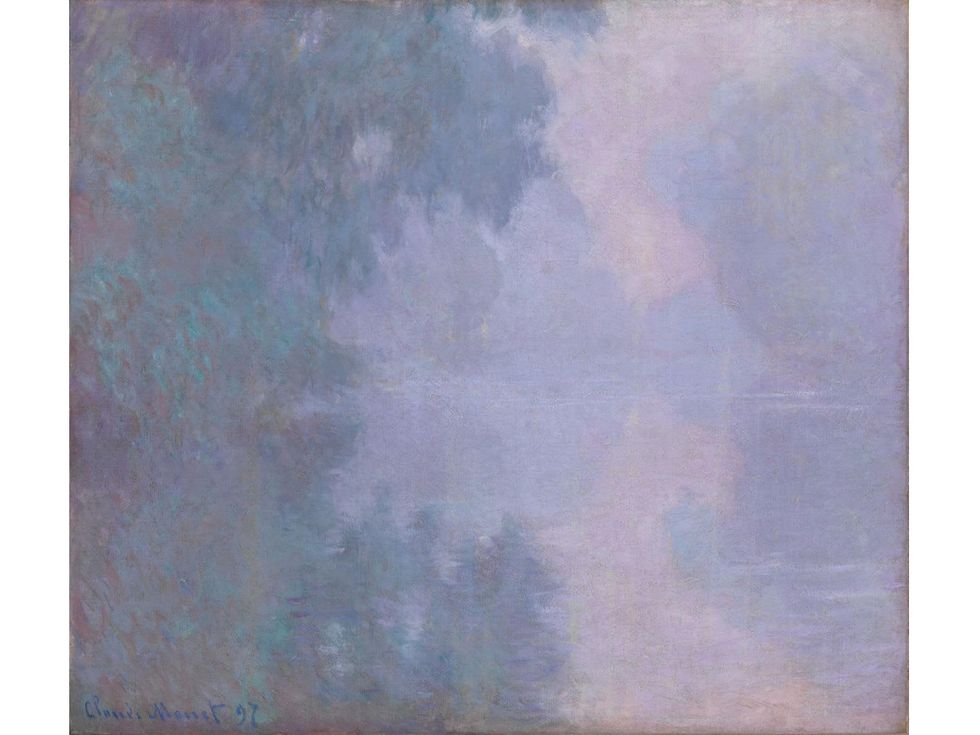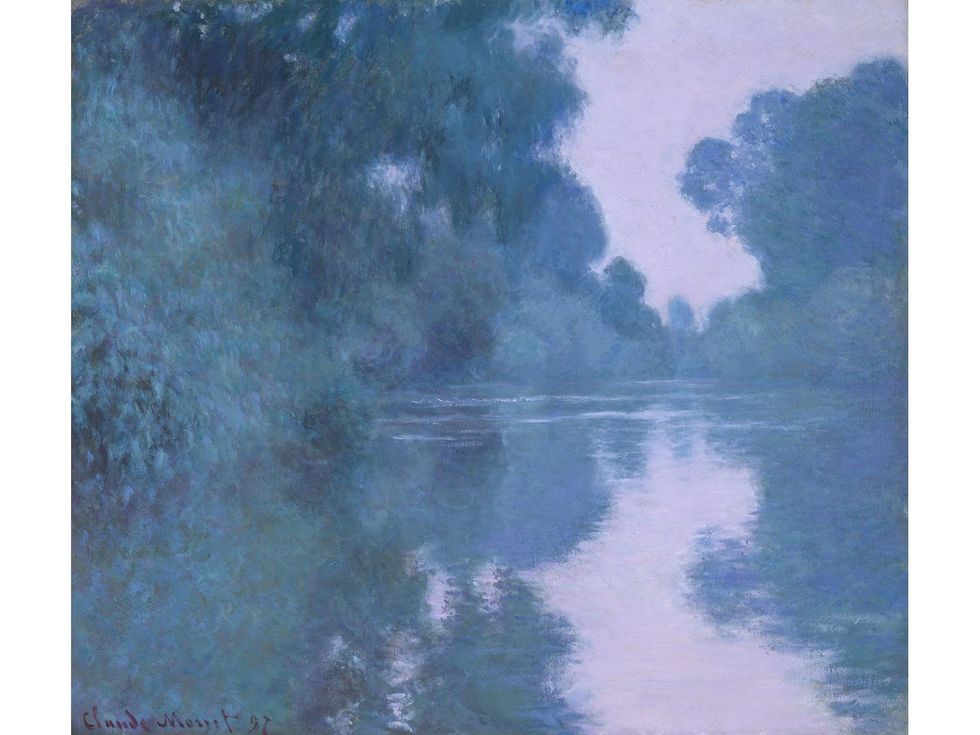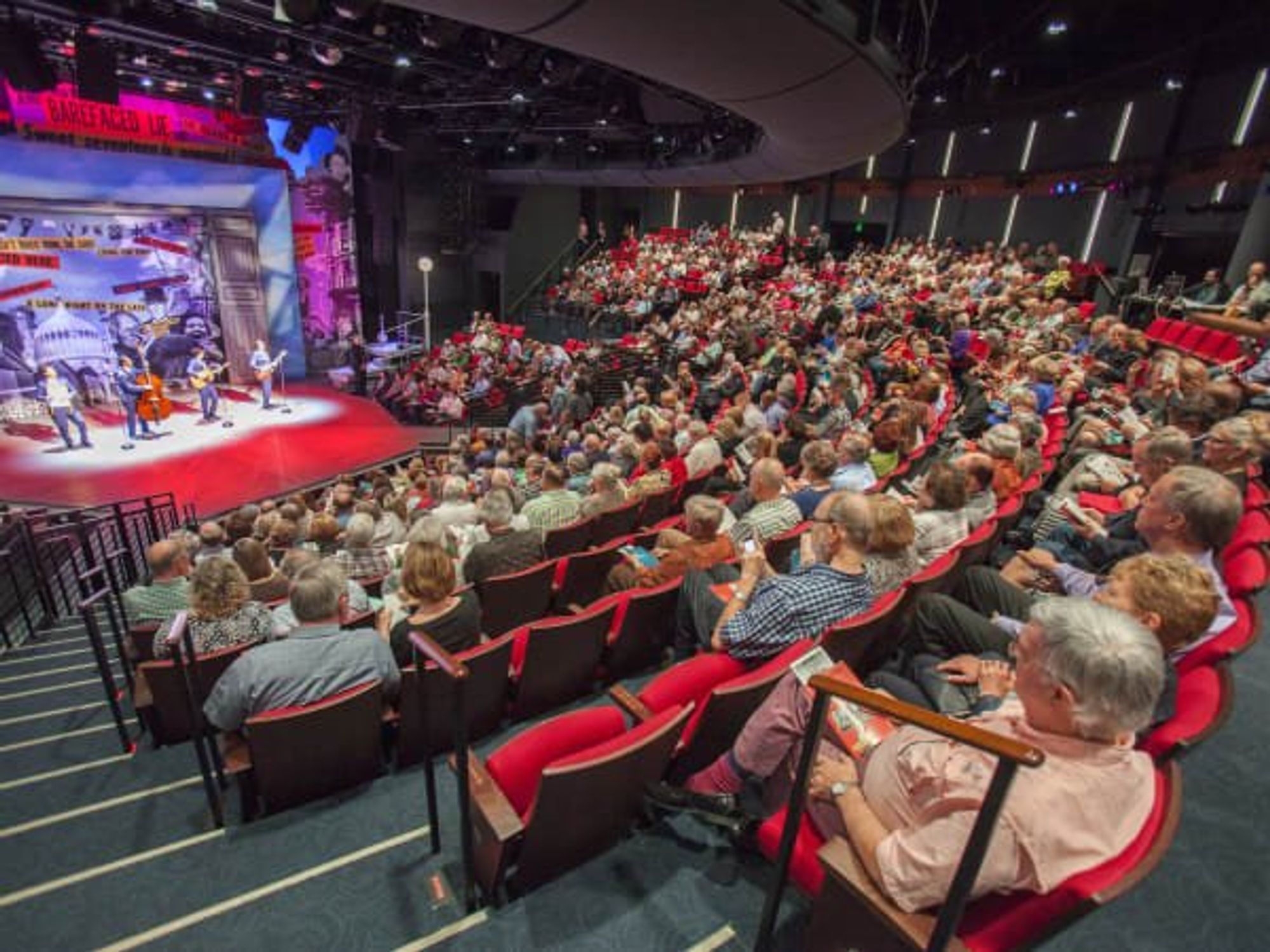CultureMap Exclusive
Confessions of a famous river: Insider reveals the real story of life with Monet
When it comes to visual art, Houston is not only a connoisseur of Impressionism, we’re like tween girls screaming for those light-rendering bad boys, and every year the Museum of Fine Arts, finds new ways to feed our fandom.
This fall, Helga Aurisch, curator of European Art and her fellow European Art Curator at the Milwaukee Art Museum, Tanya Paul, have taken on the monumental task of bringing together many works of landscape master Claude Monet that depict one of his greatest obsession, that great waterscape, the river Seine.
A voice was missing, that of Monet’s watery muse. So I set out to get the real scoop, straight from the river Seine’s mouth.
During an early media walk-through of the exhibition, Inside Seine: Impressions of a River, Aurisch and Paul gave fascinating insights into the Seine paintings and Monet’s life on the river. Yet, for me, it seemed like some of those stories were a bit one-sided. A voice was missing, that of Monet’s watery muse. So I set out to get the real scoop, straight from the river Seine’s mouth.
The Seine has whispered secrets to painters and writers for centuries but seldom goes on record about the intimacies of those artistic relationships, until now. In an exclusive conversation with CultureMap, the Seine, itself, finally reveals the truth about life with Claude Monet.
CultureMap: I want to thank you for taking the time to talk with me today. As one of the most important waterways in France, one that winds through Paris and is the home of the country’s largest international shipping port at Le Havre, I know you’re quite busy.
The river Seine: Every minute of everyday I flow 780 kilometers, or for you silly American, 485 miles, from northeastern Burgundy to the English Channel. I am ancient yet immutably mercurial. I have known Neanderthals, Gauls, Roman, Vikings, Normans, and American tourists, so I suppose I can offer you a few moments to talk of Monet.
Also, my publicist thinks I should try to have more media presence. I’m pondering writing my memoir.
CM: I certainly look forward to those Neanderthal chapters, but let’s jump many millennia ahead to Monet. How would you characterize your partnership?
TrS: Of course, like all relationships between a man and a river, it ebbed and flowed. I remember Claude as a child when his family moved from Paris to Le Havre where his father ran a ship supply business. Pardon the cliche, but I was in his blood from birth. He lived almost the entirety of his life in my presence.
CM: You have been a great inspiration to many artists over the centuries how was Monet different from others?
TrS: He took the time, his lifetime, to see me in all my infinite facets. Admittedly there are longer European rivers than me, but most like the Reine, the Danube, they are, how you say, rather simple rivers, and yet at times pretentious. I judge objectively because I am a river and many of my best friends are rivers. The Thames and I chat everyday in the English Channel, so I understand the quality of a river’s character.
CM: And the Loire?
TrS: I’m certain my publicist told you I will not speak of the Loire. . .As I was saying, I am perhaps not as long or — let us be blunt — fat as some of those other rivers, but Monet saw early in our relationship my complexities.
CM: And your beauty?
TrS: Too kind. His fellow Impressionist of course favored me too, but Monet especially in our life together began to see how light loves me and I reflected that light, and his painting changed under this inspiration, these impressions, if you will.
CM: I’m glad you brought this up because one of the revelations of the exhibition, realized in its mostly linear organization, is the way his portraits of you change with time and perhaps the ever-growing intimacy you two shared. One of the earliest paintings in the first gallery is the 1864 work, Towing a Boat, Honfleur, a gorgeous early Impressionism landscape, but it’s phenomenally different from the Morning of the Seine series at the end of the exhibition which verges on 20th century Abstract painting.
TrS: And yet they all depict my true self.
CM: Did Monet’s decision to build a studio boat and paint from positions on the water become a turning point in your relationship?
TrS: Oui, when he could finally paint, not from my banks, but paint me while floating on top of me, moved by my currents, when he could see the world from my perspective that was when he found his new vision of me.
CM: That sounds kind of kinky.
TrS: You American, still such Puritans. . .I remember in later years, he would leave his home at three or four in the morning and row out to his studio boat to paint me as the sun rose. It was a magical time between us as that first light touched me and the mists burned away. You might believe me conceited, but truly, I woke up like this.
CM: During his remarks about the exhibition, MFAH director Gary Tinterow said one of the significant revelations about Monet, explored by the exhibition, is his decision to bring the horizon more or less midway on the canvas, thereby making half the painting a reflection of the other half. In a way, this makes you a kind of reflector of sky and shore.
TrS: Oui, in these paintings I am both myself and mirror. In The Seine at Port-Villez and the Morning on the Seine series, it becomes much more difficult to know where I end and begin, which is river and which air.
CM: These are also paintings and series that evolve into abstractions. Tinterow commented that Monet, “more than any painter of his generation was working towards a Modernist aesthetic, the foundation of 20th and 21st century art.” Do you mind this vision of yourself as abstract forms?
TrS: I applaud such an impulse. You will notice that, with some exceptions, in these later paintings the people and towns along my banks disappeared. Only my colors and shapes remained: magnified, fractured, and reflected like fractals reproduced into infinity.
CM: Did you resent when Monet seemed to abandon you for his gardens at Giverny and their water lilies?
TrS: Ah, but you see, it was my waters that feed the gardens, so we never really left each other.
CM: Before we say au revoir, are you certain you won’t comment on your relationship with the Loire?
TrS: That bitch knows what it did. That is all I will say.
Monet and the Seine: Impressions of a River is on view at the Museum of Fine Arts, Houston through Feb. 1, 2015.
Claude Monet, Towing a Boat, Honfleur, 1864, oil on canvas, Memorial Art Gallery of the University of Rochester, gift of Marie C. and Joseph C. Wilson.




